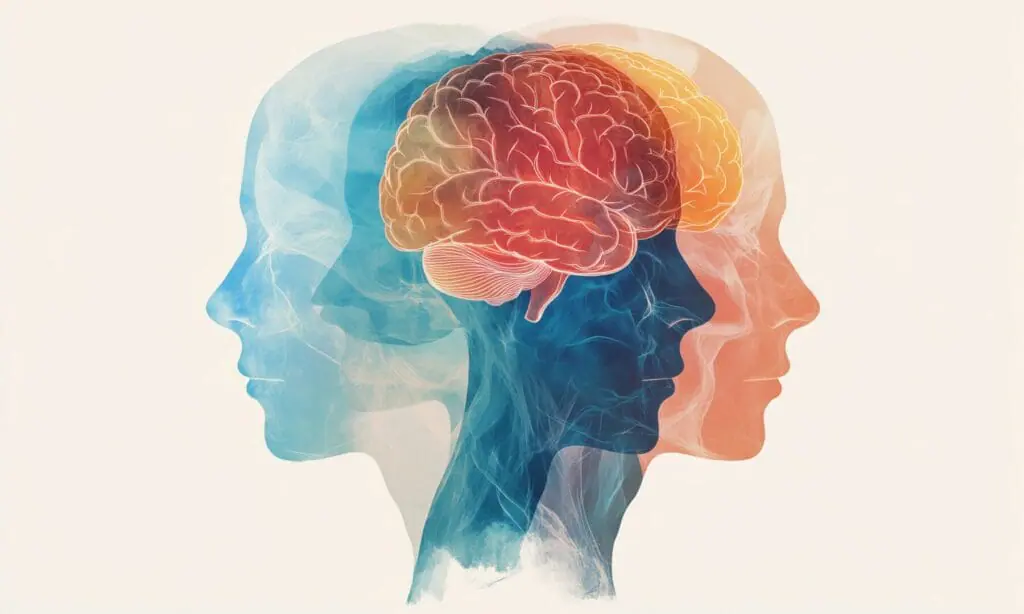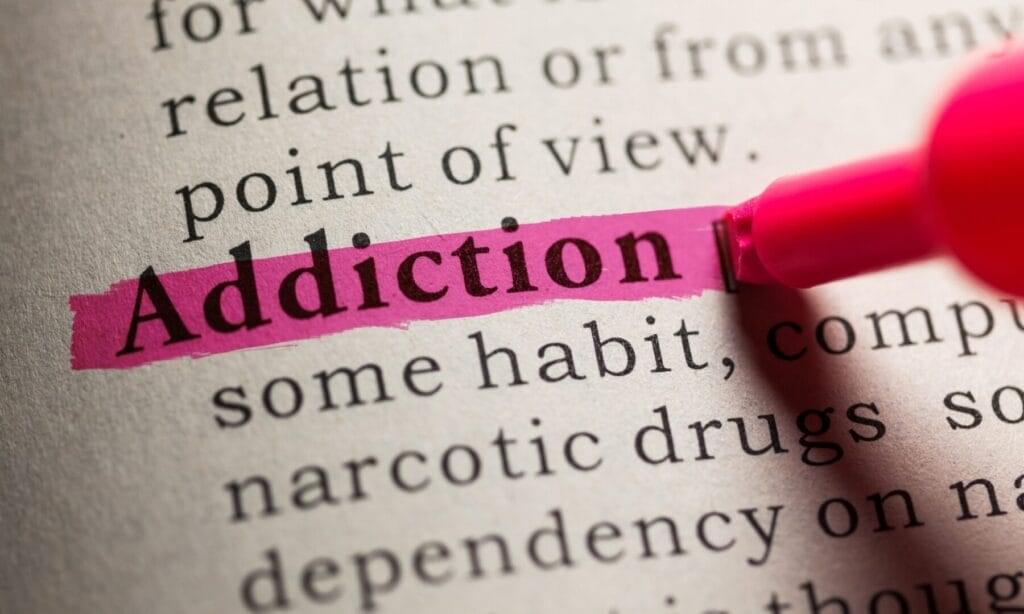Opioid medications bind to receptors in the central nervous system. The activation of the receptors hinders the release of certain neurotransmitters that play a role in transmitting pain signals in the brain and spine. By reducing the release of these neurotransmitters, opioids can dampen the perception of pain.
For people with chronic pain or even acute pain, there can be tangible benefits that come with the use of prescription opioids. Unfortunately, there are risks as well. Many people are now addicted to opioids because they need them for pain relief. Many individuals began using stronger, illegal opioids like heroin or fentanyl following a legitimate opioid prescription. Fortunately, there are several ways to effectively manage pain without opioids.
The Risks and Side Effects of Opioids
While opioids affect pain signals and how pain is perceived, they also affect other neurotransmitter processes, like the release of dopamine. Dopamine is part of the reward effect that comes with opioids and can trigger addiction. There can be a euphoric effect or a sense of deep relaxation that comes with the use of opioids. The brain is wired to compulsively seek out things that bring pleasure, so with the use of opioids, even by prescription, this response can lead to addiction. Once someone’s addicted to opioids their use isn’t in their control.
There’s also the issue of physical dependence, which can occur even without addiction. Ongoing opioid use can lead to tolerance, meaning larger doses are needed because the body has adapted to the presence of the substance. Then, there’s physical dependence, where withdrawal symptoms can occur if an individual attempts to reduce or stop their use of opioids.
Opioids can cause not only addiction and dependence but also severe respiratory depression. They slow down the entire central nervous system’s function, which can be life-threatening. Overdoses last year topped more than 100,000, and this almost always due to opioids like fentanyl.
Opioid Addiction and Chronic Pain
There are complicated interactions between opioids and chronic pain. People with chronic pain are at a greater risk of addiction than the general public for several reasons, some of which include:
- The development of tolerance. When a person is struggling with chronic pain, they usually need long-term management options. Extended use of opioids is the number one risk for tolerance and dependence. People tend to need higher doses to get the same amount of pain relief.
- Chronic pain has a significant effect on mental and emotional well-being. Opioids can help with not only pain but also the psychological effects of dealing with pain regularly. They can become a way to self-medicate the emotional struggles that come with pain.
- Chronic pain conditions are complicated and multifaceted, and opioids may not address the underlying causes of it. Rather than working to reach and treat the root causes, using opioids can just lead to a cycle of dependence.
- Some healthcare providers and patients struggle with finding alternative pain management strategies, but the reality is they are available.
In the past, there was also a tendency to overprescribe opioids. Now, because of increased awareness of the risks and efforts to reduce the prescription of these powerful medicines, this is less of a risk than it was just a decade ago.
Managing Pain When You’re In Recovery
If you struggled with opioid addiction and dependence and you’re in recovery, there are some excellent, evidence-based ways to manage pain. Working with addiction professionals and your medical team can help ensure you’re getting a balance between your need for pain relief and the risk of relapse.
Some of the pain management strategies that are effective when you’re in recovery include:
- Physical therapy involves working with a professional on exercises, stretches, and other manual techniques to improve mobility, strength, and flexibility. Physical therapists are experts at creating pain-related plans personalized to the needs of the individual.
- Regularly moving your body and getting exercise in the ways that work for you is integral for mental and physical well-being and non-opioid pain management. It doesn’t have to be an intense exercise to bring benefits. Swimming, walking, and other low-impact exercises, when done regularly, can help your overall health and release endorphins. Endorphins naturally alleviate pain.
- Biofeedback is a technique that helps teach you to control physiological functions like muscle tension and your heart rate. With biofeedback, you can begin to manage pain through increased awareness and control of your bodily functions.
- Mindfulness-based practices, including deep breathing and meditation, help reduce stress, which can lower pain levels.
- Cognitive-behavioral therapy is a psychotherapy that works to help individuals change negative thought patterns and resulting behaviors. For the management of pain, it’s beneficial because it helps to address the root causes that are emotional and psychological.
- Acupuncture, which uses thin needles placed at particular points on the body, can be effective for many people dealing with various forms of pain, including chronic pain.
- Hot and cold therapy involves applying alternately to areas with pain, reducing inflammation and improving comfort naturally.
- Occupational therapy involves working with a trained therapist to shift daily activities to reduce pain and improve overall functionality. Strategies introduced by the therapist serve as practical ways to manage pain in different parts of daily life.
- Maintaining a healthy weight reduces joint stress and promotes better overall well-being, so one part of a pain management plan might focus on nutrition and weight.
- Support groups and counseling allow you to connect with people in similar situations, providing coping strategies and emotional support.
The effectiveness of the above strategies varies based on the person and their situation, and there are many options outside of these to manage pain in recovery. Finding what works for you may take some time and will usually involve multiple approaches. Still, with the right help and guidance, it’s possible to create a plan for pain management that doesn’t include the use of opioids or other addictive substances.
If you’re struggling with opioid addiction and dependence currently and would like to learn more about treatment and recovery, please reach out to San Diego Detox today.







